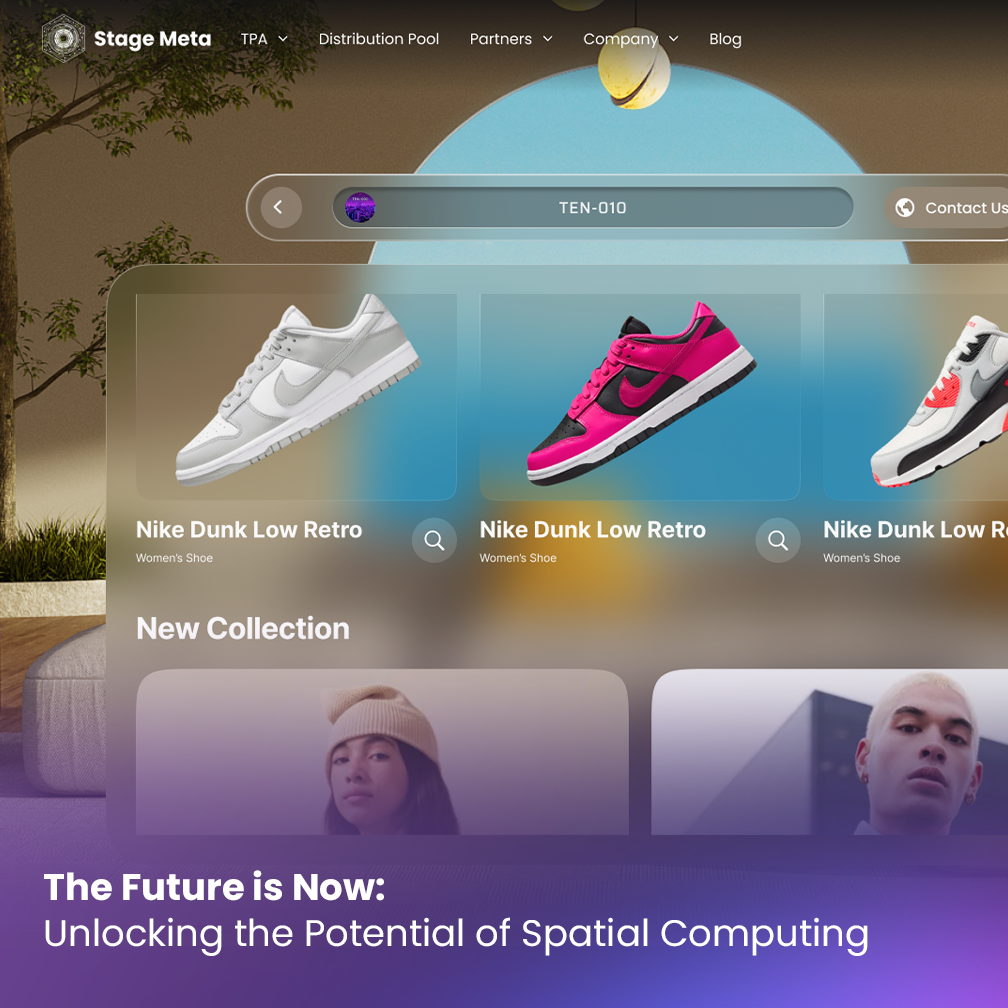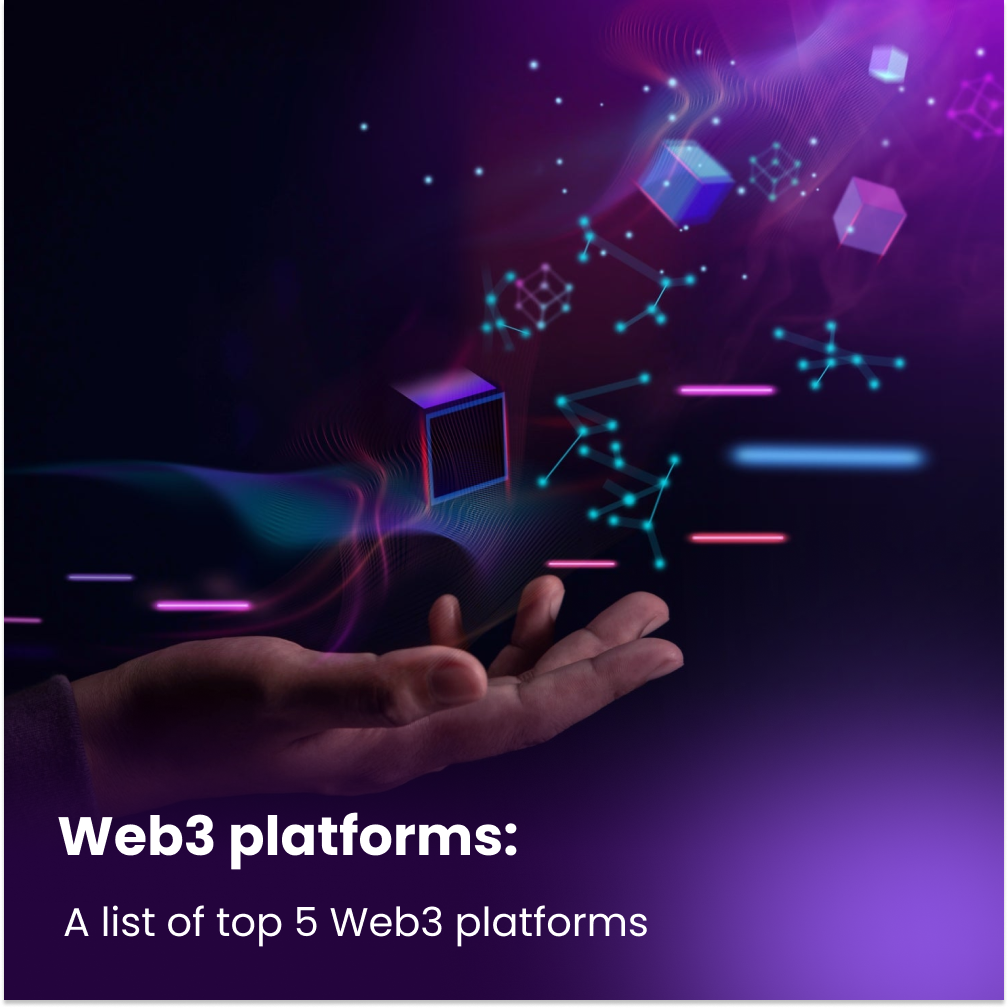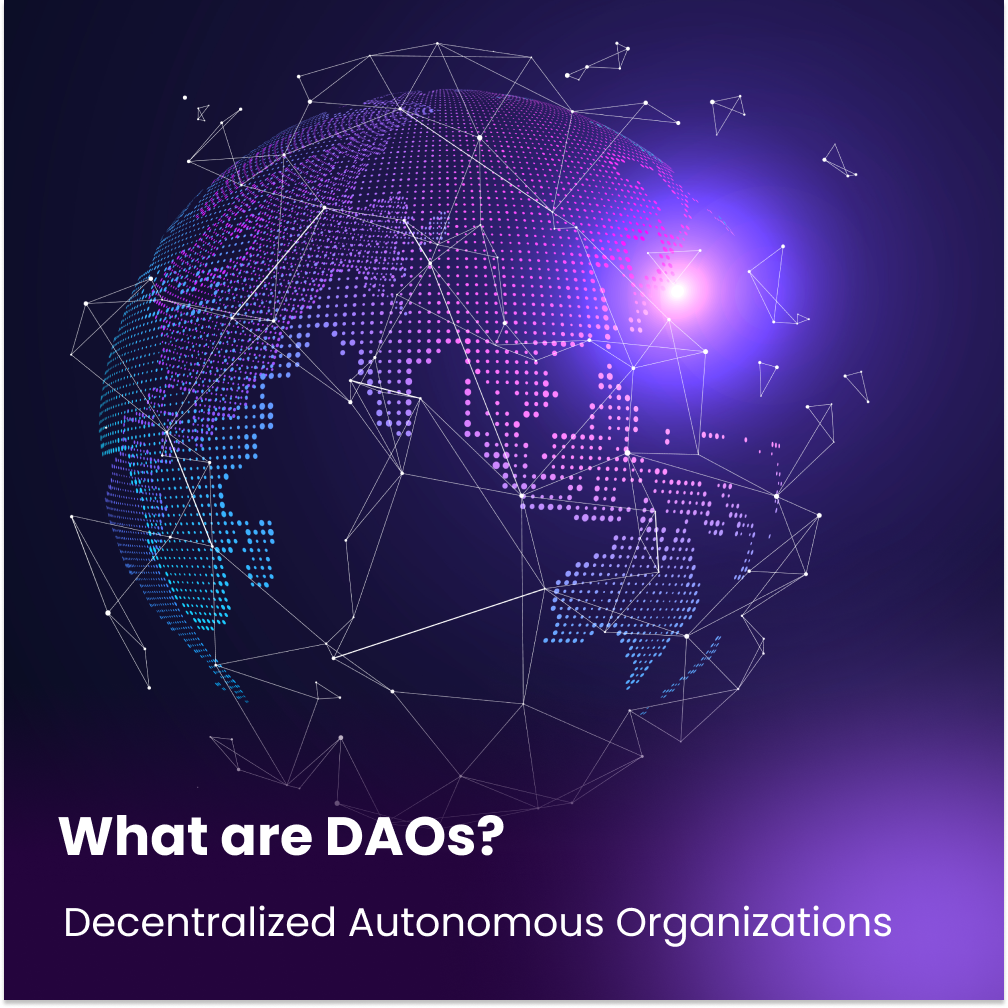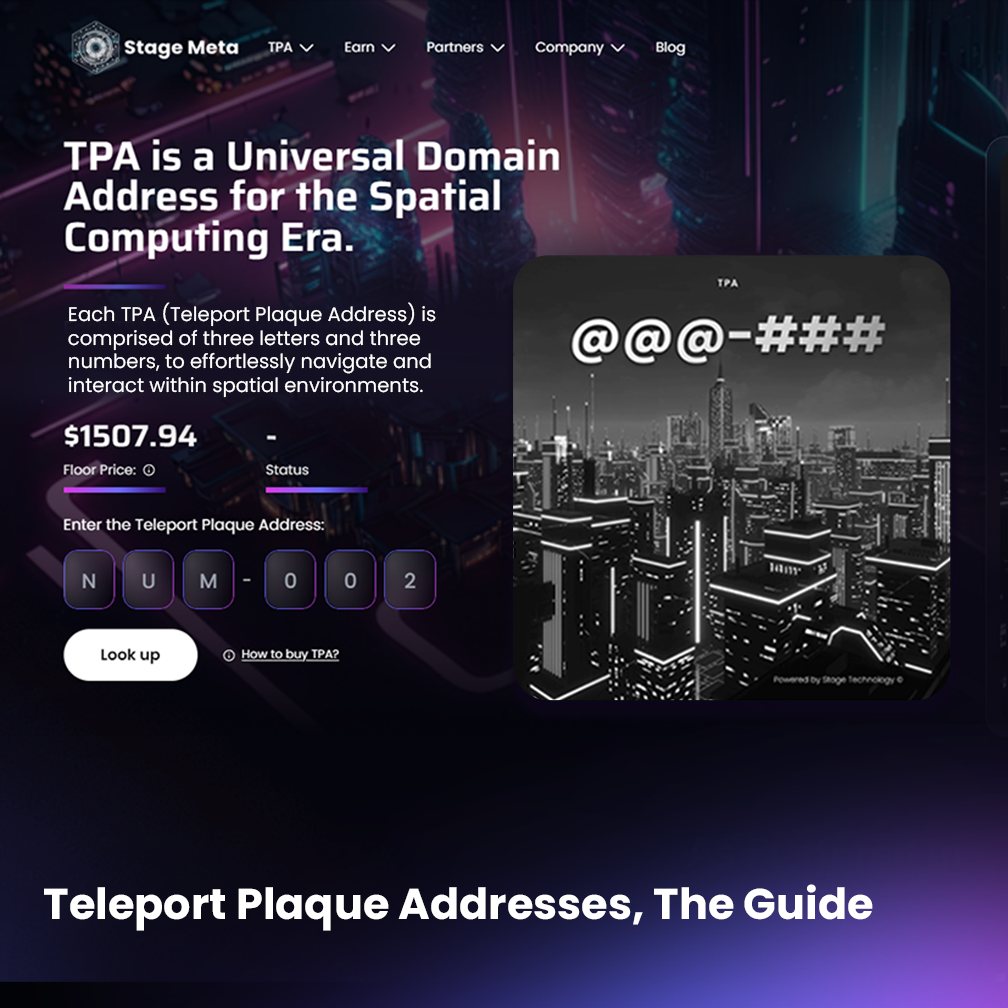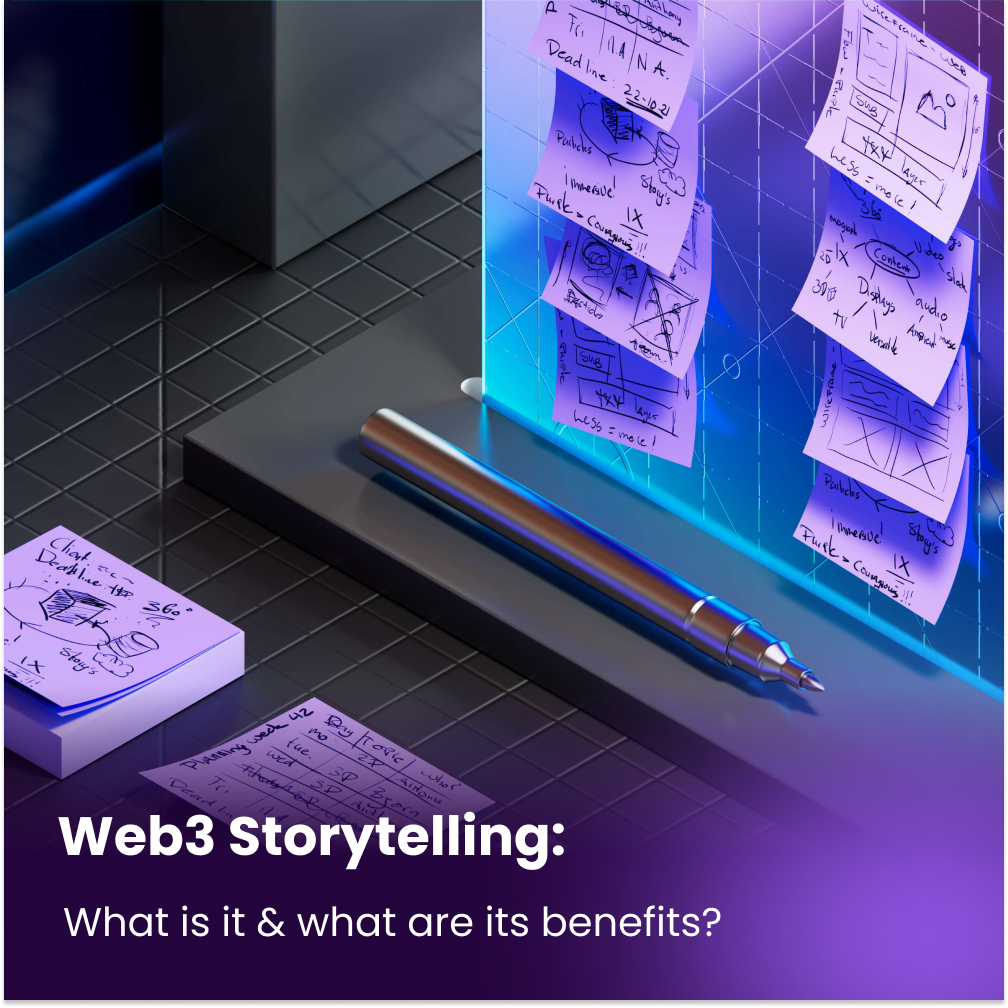
Estimated reading time: 6 minutes
In the world of Web3, storytelling is taking on a whole new meaning. With advancements in blockchain technology, creators can incorporate decentralized storytelling techniques and innovative interactive experiences that blur the lines between reality and fiction. From immersive virtual worlds to decentralized autonomous organizations (DAOs) where the community participates in shaping the narrative, Web3 storytelling is moving beyond the bounds of traditional media and opening up new possibilities for engaging with audiences in unique and exciting ways.
Numerous storytellers, content creators, and publishers encounter obstacles within the current publishing system. They often have to give up intellectual property rights, compromise creative control over their stories, and modify their original content to meet the demands of publishers.
However, web3 has the potential to shift the dynamics in favor of creators, presenting them with unique opportunities. This guide aims to provide a comprehensive guide to storytelling in web3 and all its benefits and implications.
What is decentralized storytelling in Web3?
Decentralized storytelling refers to a new paradigm in storytelling that leverages decentralized technologies, such as blockchain and Web3. It aims to enable a more open, transparent, and user-centric approach to the creation, distribution, and consumption of stories.
Traditionally, storytelling has been dominated by centralized systems where publishers or media companies control the entire process from content creation to distribution. This often leads to challenges for storytellers, content creators, and even audiences, as they have limited control over their own stories and face obstacles in reaching wider audiences.
In contrast, decentralized storytelling aims to empower creators and audiences by removing intermediaries and facilitating direct interactions.
By leveraging blockchain technology, decentralized storytelling platforms can offer benefits such as immutability, transparency, and decentralized governance. Creators can retain ownership and control over their stories, protect their intellectual property rights, and directly engage with their audience without the need for middlemen.
Decentralized storytelling platforms can also introduce innovative mechanisms, such as non-fungible tokens, which allow for unique ownership and provenance of digital assets, including stories. This opens up new avenues for monetization, as creators can sell their stories as limited editions or offer exclusive access to certain content.
Furthermore, decentralized storytelling encourages collaboration and participation from a broader community. Audiences can become active participants, contributing to the development of narratives, characters, or even entire storylines. This interactive and inclusive nature of decentralized storytelling enhances engagement and fosters a sense of community among creators and audiences.
What are the benefits of Web3 storytelling?

Web3 storytelling offers several benefits that can revolutionize the traditional storytelling landscape. Here are some key advantages:
- Decentralization: Web3 storytelling leverages decentralized technologies like blockchain to eliminate central authorities and intermediaries. This decentralization promotes transparency, reduces censorship, and provides creators with more control over their content.
- Ownership and control: Web3 enables creators to retain ownership and control over their stories. With the use of non-fungible tokens and smart contracts, creators can establish verifiable ownership and monetization rights for their digital assets. They can sell or license their stories directly to audiences without relying on traditional publishers or distributors, empowering them economically and creatively.
- Monetization opportunities: Web3 introduces innovative monetization models. Creators can earn revenue through tokenization, where fans can purchase and trade limited editions or unique digital assets associated with the story. Additionally, creators can receive direct financial support from their audience through micropayments or crowdfunding, eliminating the need for advertising or subscription-based models.
- Enhanced interactivity: Web3 storytelling enables deeper audience engagement. Through decentralized platforms, audiences can actively participate in the process, influencing the plot, characters, or outcomes. This interactive nature fosters a sense of community and co-creation, making the storytelling experience more immersive and personalized.
- Preservation of authenticity: Web3 technologies like blockchain provide immutability and provenance, ensuring the integrity and authenticity of stories. By recording each transaction and modification on a decentralized ledger, the original content and its evolution can be traced, preventing unauthorized alterations and preserving the integrity of the narrative.
- Global accessibility: Web3 removes geographical barriers, allowing stories to reach a global audience without the limitations of traditional distribution channels. With decentralized platforms, stories can be accessed by anyone with an internet connection, enabling diverse voices and narratives to be heard and appreciated worldwide.
Notable companies that have used Web3 storytelling
Louis Vuitton’s ‘Louis The Game’ and Gucci’s Aria collection serve as excellent illustrations of how businesses can leverage web3 storytelling. These esteemed luxury brands have employed tokens to picture centuries of history and heritage, simultaneously rewarding their audiences with tangible and digital mementos.
Additionally, Microsoft’s Azure Heroes presents a token game that narrates the tales of renowned female scientists, coinciding with the celebration of the 6th International Day of Women and Girls in Science.
Also, Campbell has introduced its own token collection to commemorate the changes made to its iconic soup can labels. Collaborating with the globally acclaimed artist Sophia Chang, the company adopts a creative storytelling approach to design tokens that showcase a harmonious blend of cherished nostalgia and a contemporary interpretation of the brand.
Visual storytelling in Spatial Computing
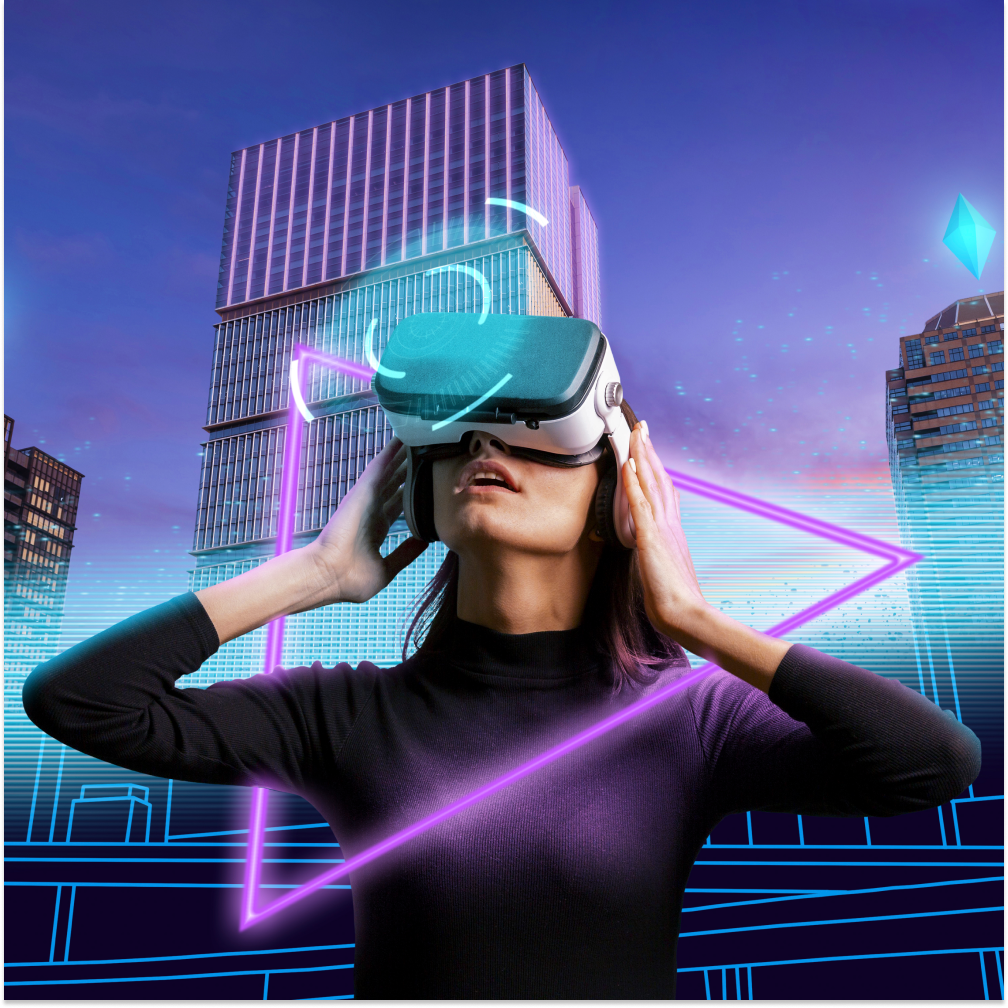
Over the past decade, we have witnessed a rise in the popularity of visual storytelling, facilitated by platforms such as Instagram and Snapchat. These platforms have made sharing photos and videos effortless. With our diminishing attention spans, these platforms have made consuming concise content more convenient.
Simultaneously, Spatial Computing has emerged as a digital realm transcending our physical reality. Within this platform, individuals can construct avatars and engage with both other users and digital objects within a three-dimensional space and with technologies like Teleport Plaque Addresses, they can easily move between worlds.
Visual storytelling, when employed within Spatial Computing, provides businesses with the ability to create visually captivating and lifelike environments, enabling customers to embark on new and interactive explorations with their products.
Several enterprises have already begun leveraging Spatial Computing to craft immersive encounters for their customers. For instance, Nike has introduced Nikeland, a spatial realm where individuals can assume avatars of themselves and embark on explorations while interacting with their surroundings.
In an era where businesses are increasingly dependent on digital resources to connect with their target audiences, Spatial Computing presents an exceptional chance for enterprises to develop visual storytelling encounters capable of captivating and immersing their audiences in unprecedented ways.
Spatial Computing represents a digital realm that coexists alongside our physical reality, housing an expanding array of virtual reality experiences. While businesses have conventionally employed the internet to construct static websites and execute digital marketing campaigns, Spatial Computing presents a dynamic and interactive platform that can elevate the art of visual storytelling to new heights.
